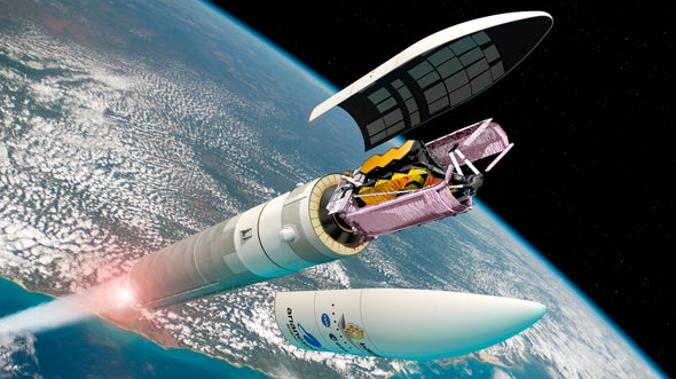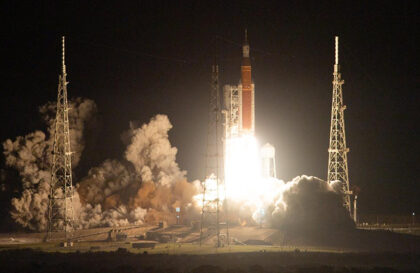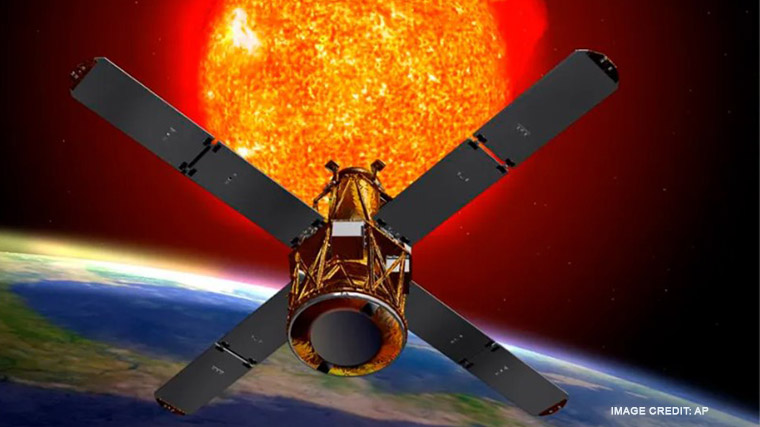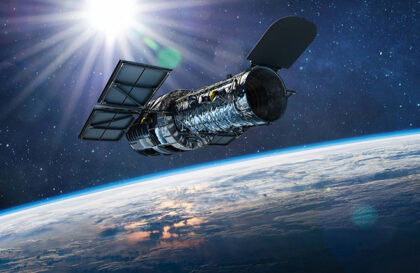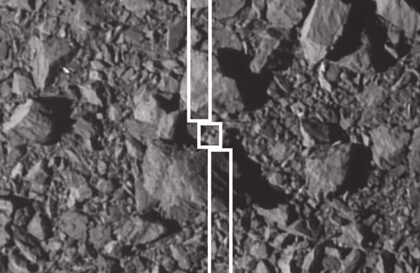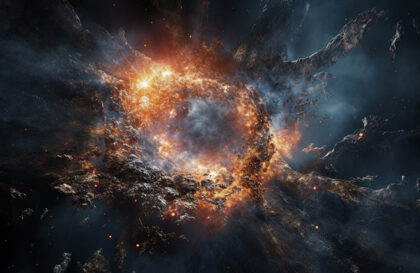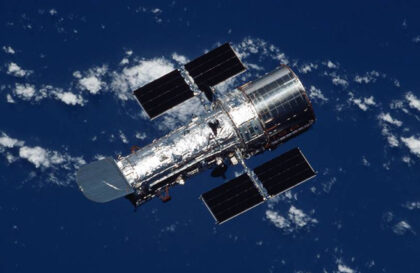- The Webb Space Telescope’s first mission is to explore Jupiter, its ring and two spectacular moons, icy Ganymede and volcanic Io. This experiment is of considerable complexity, the scientists emphasize.
Jupiter is such a bright planet, and Webb’s instruments are so sensitive, that observing this bright planet and its less bright rings and moons will be a great test of the innovative technologies used by the Webb telescope. Many other telescopes have previously studied Jupiter, its rings and storms, but the large Webb mirror and powerful instruments promise new scientific discoveries.
Webb will also study the atmosphere of the polar regions, where NASA’s Juno spacecraft detected cyclone clusters. The spectroscopic data collected by Webb will provide much more detail than was available in previous observations, including measurements of wind speed, cloud composition, gas composition and temperature characteristics.
- Another important aspect is the study of exoplanet atmospheres. The Hubble and Spitzer telescopes have provided data on the gas envelopes of about a hundred planets. However, James Webb’s tools will make it possible to increase this number by at least three times. Through a variety of scientific instruments and observation modes, astronomers will be able to study the composition of the atmosphere in more detail, revealing the presence of a variety of chemicals such as water, methane and carbon dioxide. This applies not only to large gas giants, but also to planets similar to the Earth in size and structure. One of the central observation points will be the TRAPPIST-1 system, where seven Earth-like planets have been discovered at once.
- So far, the Kepler telescope has detected more than 2,500 exoplanets, but density information is available for only a few hundred of them. However, these estimates play a key role in determining the characteristics of these celestial bodies. If the planet has a low density, this clearly indicates its gas giant nature. In the case when astronomers detect a high density, most likely, we have a rocky planet in front of us, similar to Earth or Mars. Scientists hope that the James Webb telescope will be able to collect additional data on the mass and diameter of exoplanets, which will allow them to more accurately determine their density and, accordingly, classify their type.
- The most expected results will be associated with the study of young planets, just formed, the so-called “Jupiters”, which continue to radiate in the infrared range. In particular, inside the solar system, with a decrease in the mass of gas giants, the content of metals, that is, elements heavier than hydrogen and helium, increases. Despite the fact that the Hubble telescope has previously shown that not all planetary systems comply with this law, there is not yet a statistically significant sample to confirm this theory – this is a task that James Webb can solve. In addition, the telescope will also explore sub-Neptunes and super-Earths, expanding our understanding of the diversity of planetary types.
- Another significant mission for the telescope will be the study of ancient galaxies. Although we already have quite a lot of information about the nearest galaxies, we know very little about those that existed in the early Universe. The Hubble telescope allows us to see the Universe as it was 400 million years after the Big Bang, and the Planck Observatory recorded cosmic microwave radiation that arose 400,000 years after the Big Bang. James Webb’s mission will be to fill this gap and reveal what galaxies looked like in the first 3 percent of cosmic history.
- At the moment, astronomers observe a direct relationship between the size of a galaxy and its age – as the age of the Universe increases, the number of small galaxies increases. However, this trend is not expected to continue, and scientists are trying to identify some “turning point” where you can find the minimum size of galaxies. An important issue fora stronomers is the timing of the appearance of the first galaxies in the universe.
- A separate item is the study of molecular clouds and protoplanetary disks. In the past, Spitzer could only look into the immediate vicinity of the solar system.
Webb is much more sensitive and will actually be able to see the other edge of the Milky Way as well as its center.
- James Webb will look for hypothetical Population III stars – these are very heavy objects in which there are almost no elements heavier than helium, hydrogen and lithium. It is assumed that stars of this type should make up the first generation of stars after the Big Bang.
Image credit:
https://www.scientificamerican.com
https://www.nasa.gov
https://www.newscientist.com
